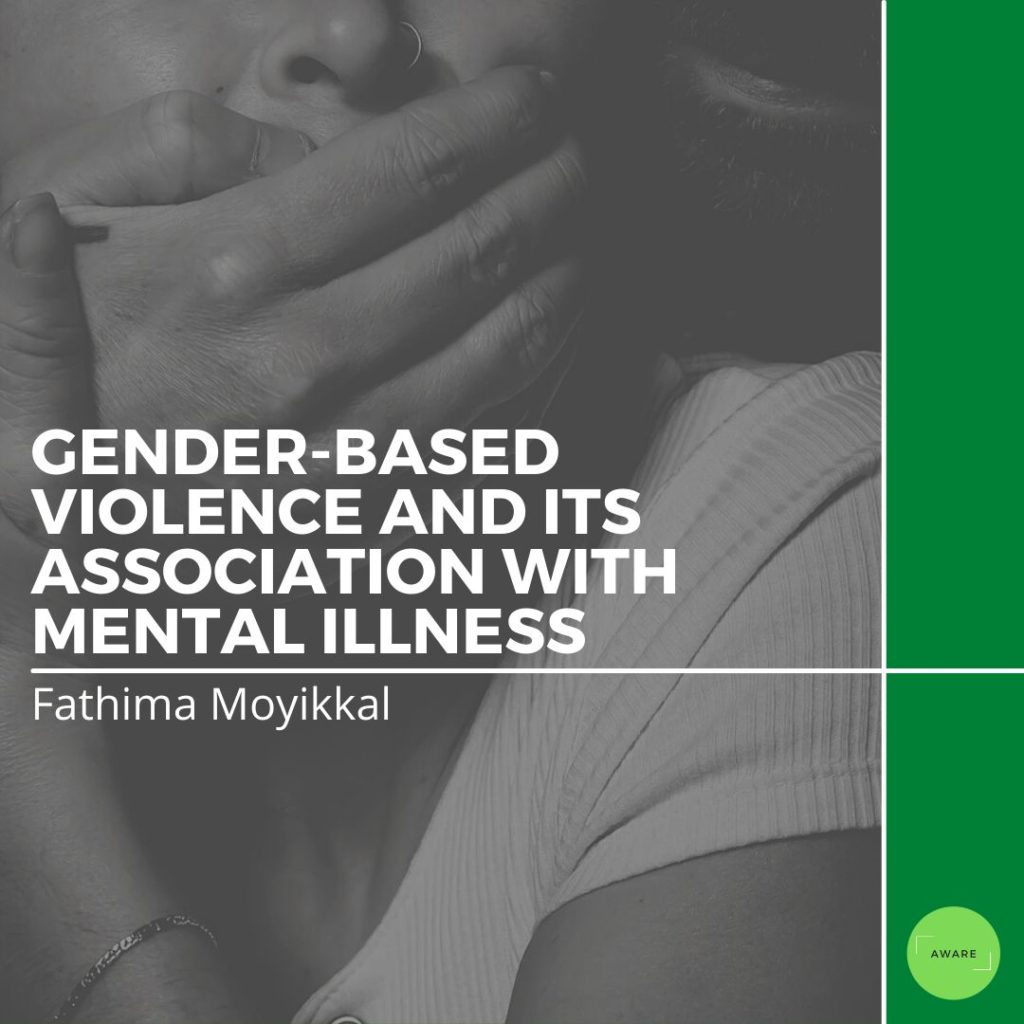In the last couple of weeks, the murders of several women took social media platforms by a storm. Among these victims were Nayera Ashraf and Iman Rashid. Cases like these have become a normative storyline in the news during the last few years. The story usually assumes the following plot: women being abused, violated, and killed for many reasons – but mainly because of their gender.
Gender-based violence is not a contemporary issue. It has been normalized to the point where most individuals are desensitized to hearing about gender-based violence and brush it off as ordinary Tuesday news. It has also become so frequent that UNHRC estimates 1 in 3 women will experience some sort of sexual or physical violence in their lifetime. To add to the gravity of the issue, several research studies have confirmed the connection between gender-based violence and deteriorating mental health.
What is Gender-Based Violence?
The UNHRC defines gender-based violence as “harmful acts directed at an individual based on their gender.” Rooted in gender inequality, harmful norms, and abuse of power, the threat of gender-based violence is higher for women who are displaced and women in global crises. There are many types and forms of gender-based violence. They can be inflicted in public or private and appear as sexual, physical, mental, or economic harm to the victim. They can take the form of intimate partner violence, child marriage, female genital mutilation, and honor crimes such as honor killings.
An article by Plan International stated that young people were at a higher risk of facing gender-based violence. Moreover, the author mentioned that boys feared physical altercations while girls feared sexual violence such as rape.
Mental Health Issues Found in Victims of Gender-Based Violence
Research by Hossain et al. studied the mental health of Somali women who were also victims of gender-based violence in a Kenyan refugee camp. With more than 200 female participants, the researchers found that intimate partner violence and conflict-related violence were the most pronounced types of gender-based violence these victims faced. Unfortunately, this caused anxiety, depression, and PTSD symptoms in these individuals.
However, the outcomes did not end with just mental health consequences. Physical and psychosocial outcomes such as unwanted pregnancies, sexually transmitted illnesses, and all forms of ostracism were also present. What is heartbreaking is that many of these participants endured these violent attacks for years without intervention. Some of the women were born in the refugee camps to mothers who were victims themselves.
Another study found that mental distress was extremely high among mothers who experienced gender-based violence and were seeking justice through court services. To be exact, more than 50% of mothers were going through mental distress. In addition, women from disadvantaged socioeconomic backgrounds were more likely to experience gender-based violence and, consequently, mental distress.
Current Services and Interventions Available for Victims
Although gender-based violence is widespread, the interventions and solutions are either inaccessible or have little to zero impact. Governments, organizations, and agencies like the UNHRC and Plan International have attempted to provide services to victims. Nonetheless, due to the magnitude of the issue, these services do not last long enough. Moreover, many of the causes of gender-based violence are rooted deeply in the structure and functions of our society.
Nevertheless, the most helpful service has been providing psychological support and therapy to victims. The studies mentioned above stressed the importance of providing these services. Unfortunately, therapy and psychological support has been inaccessible or unaffordable for many of those who desperately need it and the same situation applies to victims of gender-based violence.
As such, goal-oriented collective action, even on a small scale, would be much better than one-time support provided by big agencies. As much as we think that we cannot contribute to the solution for gender-based violence as individuals, it could not be far from the truth. Recognizing the victims of gender-based violence in our daily lives is the first step. There are many training manuals that can be used to inform and educate anyone who is interested in being part of the solution. The training manual by Health and Human Rights Info is one of many free resources available online. The least we could do to support victims is to stay informed and educated. There is never a better time to start than right now.
